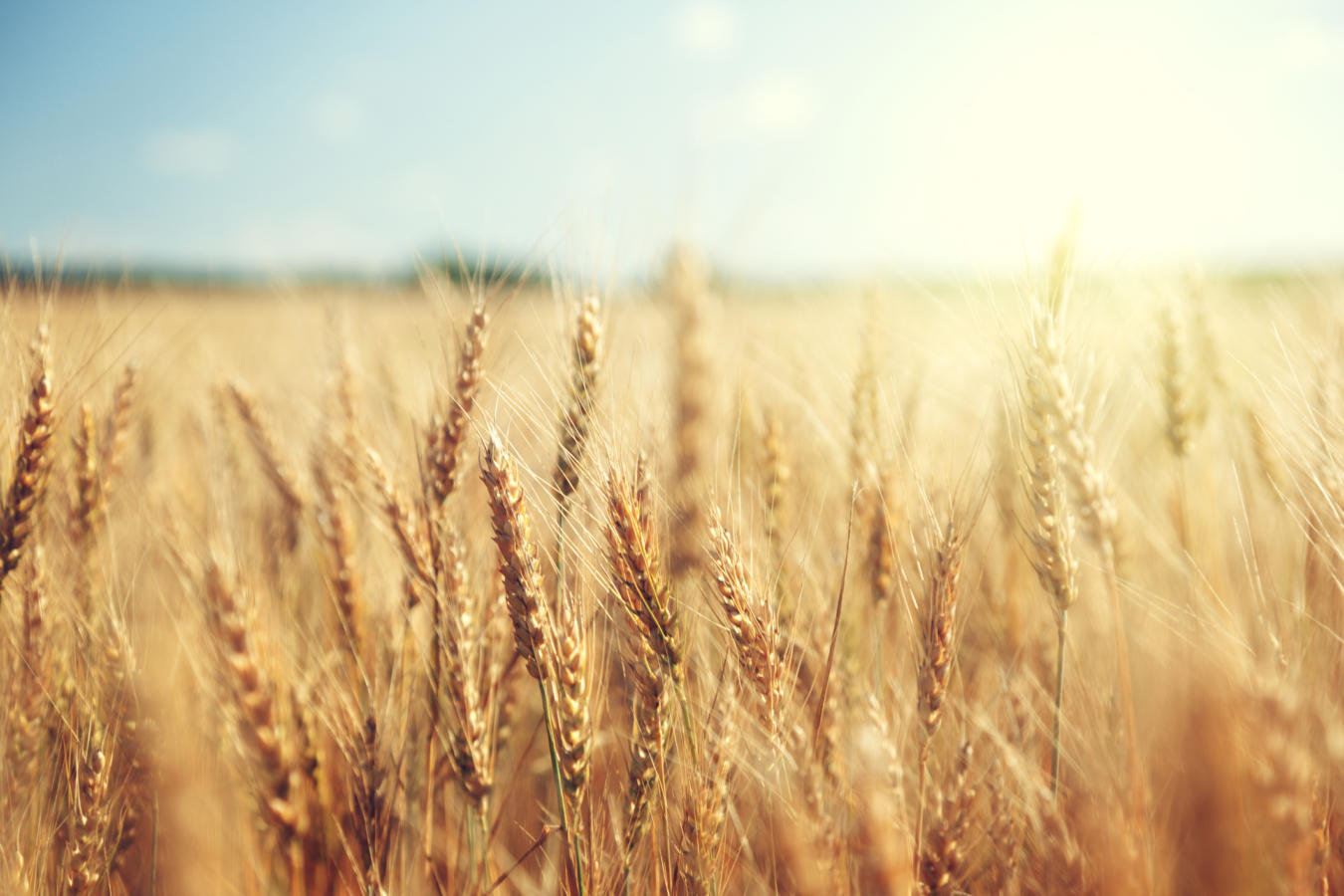is a festival with a variety of names, each one representing different aspects of the festival. It is the Hag HaKatzir (harvest festival), Hag HaShavuot (festival of weeks) and Hag Habikkurim (festival of first fruits). The Torah describes the biblical festival in all three ways. For example, in Numbers 28:26, the people are commanded to offer a new meal-offering to the Eternal on the “day of first fruits” in the festival of weeks.
The name “Atzeret” (“cessation” or “solemn assembly”) is used later in the Talmud to reflect how the rabbinic sages viewed the festival as a conclusion to Passover and the subsequent counting period of the omer (when the sheaf offerings were given in the Temple and each of the 49 days is counted). The talmudic rabbis also added the name “zeman matan torateynu” (time of the reception of ), which reflected their view of the festival as also having been the time in history when the Jews received the Torah on Mount Sinai. In post-Talmudic times, the name “Shavuot” came back into use.
The counting period which began during Passover and lasted seven weeks–a week of weeks–marked the period from the harvesting of barley to the harvesting of wheat (the “first fruits” of the wheat harvest)–the last cereal to ripen–on Shavuot. In Deuteronomy 16:11 it is referred to as a festival of rejoicing. In Exodus 34:22, the people are commanded to make a festival of weeks with the first offering of the wheat harvest. The offerings are not given. However, in Leviticus 23:17, there is a prescribed offering of first-fruit loaves of new meal of two-tenths of an ephah (a biblical measurement), baked with leaven. The loaves were to be waved in the Temple.

Help us keep Jewish knowledge accessible to millions of people around the world.
Your donation to My Jewish Learning fuels endless journeys of Jewish discovery. With your help, My Jewish Learning can continue to provide nonstop opportunities for learning, connection and growth.
In all likelihood, then, Shavuot was not celebrated until after the first Temple was built. It is speculated that Shavuot was probably the most difficult of the pilgrim festivals to observe since it fell in the middle of the growing season. Nevertheless, the historian Josephus (first century C.E.) describes large attendance in Jerusalem for Shavuot, and the Mishnah–in the section known as bikkurim–depicts the bringing of first fruits to the Temple in Jerusalem as a gala affair. The Book of Jubilees–which is part of the apocrypha, works considered for but not ultimately canonized in the Bible–adds an additional reason for celebrating Shavuot: to commemorate and renew the pact between God and Noah when God promised never to flood the earth again.
One of the historical controversies surrounding this festival focused on the problem of when to begin counting the omer. The Torah said to make the omer offering (and thus start counting) “on the morrow after the Sabbath” of Passover. The dispute was over what “Sabbath” meant; a festival day or the Sabbath. The Sadducees, one of the main sects of Judaism during Second Temple times, believed that Sabbath meant the first Saturday in Passover. The pharisaic interpretation that came to be accepted by the sages was that Sabbath meant a day of rest, and referred to Passover itself. The counting thus began from the second evening of Passover, and continued for 49 days. The 50th day was Shavuot.
In the rabbinic period, the sages focused on Exodus 19:1, which stated that “on the third new moon after the Israelites had gone forth from the land of Egypt…they entered the wilderness of Sinai.” By this calculation, the Israelites were at the foot of Mount Sinai on the first of Sivan. They therefore received Torah on the sixth of Sivan, the day of Shavuot. By linking Shavuot not merely to an agricultural harvest, but also to the day of reception of Torah, the festival became much more powerful and significant. It is as a festival marking the “birthday of the Torah” that Shavuot is primarily viewed today.
It was during the rabbinic period, as well, that the festival of gladness became the culmination of a long period of sadness. The weeks of counting the omer were a semi-mourning period. Among the reasons for this was the legendary belief that 12,000 of Rabbi Akiba’s disciples had died in this period. Some historians believe this period was associated with the Hadrianic persecutions that occurred after the Bar Kokhba rebellion (second century C.E.) against Roman rule in Palestine. There may also have been sadness connected with the destruction of the second Temple (70 C.E.) when the people were no longer able to bring the omer offering to the Temple.
The 33rd day of counting the omer, Lag B’Omer–“lag” equals 33 in Hebrew–was an interruption of the period of sadness. The legend had it that the disciples ceased dying on that day.
It was in the mystical work, the Zohar, that the omer period was viewed as the “courting days of the bridegroom Israel with the bride Torah.” As of the 16th century C.E. there is recorded data for the practice of studying Jewish sacred literature for the entire first night beginning Erev Shavuot. This custom, called “Tikkun Leil Shavuot” (preparation for the evening of Shavuot), is an old one, but was there is no conclusive evidence for it before the Safed kabbalists (mystics) headed by Isaac Luria.
Because of the Shavuot connection with the giving of Torah, a few hundred years ago the Eastern European practice began of introducing young children, between the ages of three and five, to Torah study at this time. They were given cakes, honey, and candy during the initiation in order that they would associate Torah with sweetness and joy. Another modern practice associated with Shavuot was Confirmation. The Reform movement, in its early years, believed that 15 or 16 was a more appropriate age than 13 for an initiation ritual for Jewish learning. Shavuot was considered the perfect time to confirm young people into lifelong study of Torah. Many Reform congregations still conduct Confirmation at Shavuot. Other movements have also adopted this practice.




